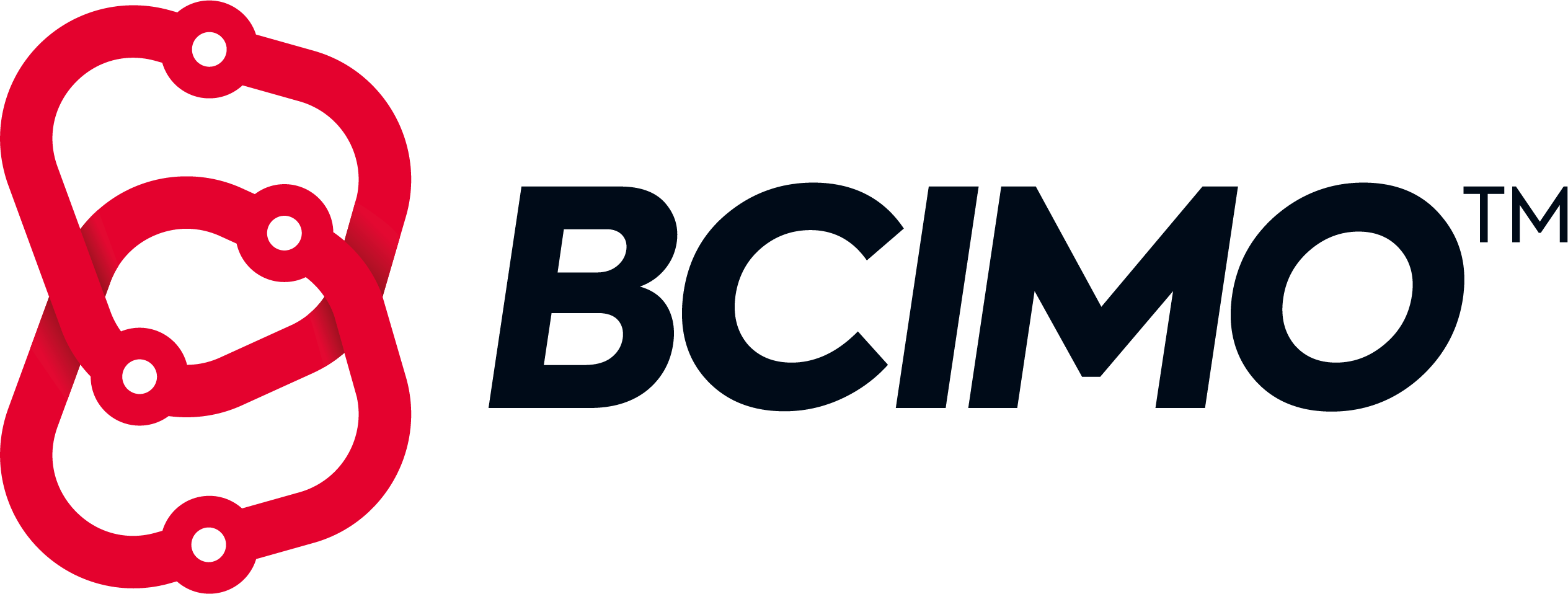It’s been an incredibly busy few months for both the BCIMO team and the ten SMEs on Cohort 2 of the Clean Futures Accelerator programme, but it’s also incredibly exciting to see the culmination of their hard work as they put the final touches to their demonstrations… an opportunity to showcase their innovations to industry representatives and potential investors. So why is ‘demonstration’ so important to innovation?
Innovation is an essential element of human history, from the ‘invention’ of fire and the wheel, through to space flight and AI. It can encompass a solution to a known problem or simply an idea for something new or different. From a business portfolio perspective, an ‘innovation’ can be a product or a service, or operationally can be a process and, although often overlooked, can also be functional, i.e., a non-production or delivery aspect, such as in marketing or accounting. But whilst its impact for the end-user can be immediate, the process of innovation can be long, and fraught with obstacles, so the reality is that many innovations just don’t make it.
Author, Mark Twain, said: “There is no such thing as a new idea. It is impossible. We simply take a lot of old ideas and put them into a sort of mental kaleidoscope. We give them a turn and they make new and curious combinations. We keep on turning and making new combinations indefinitely; but they are the same old pieces of coloured glass that have been in use through all the ages.” And whilst he’s right – all ideas spark from some combination of what we already know and what we subsequently experience – the key to innovation, and its ultimate realisation is the development and application of those ideas; but that in itself requires the successful completion of specific stages. For industrial application, this is usually defined as a ‘readiness level’.
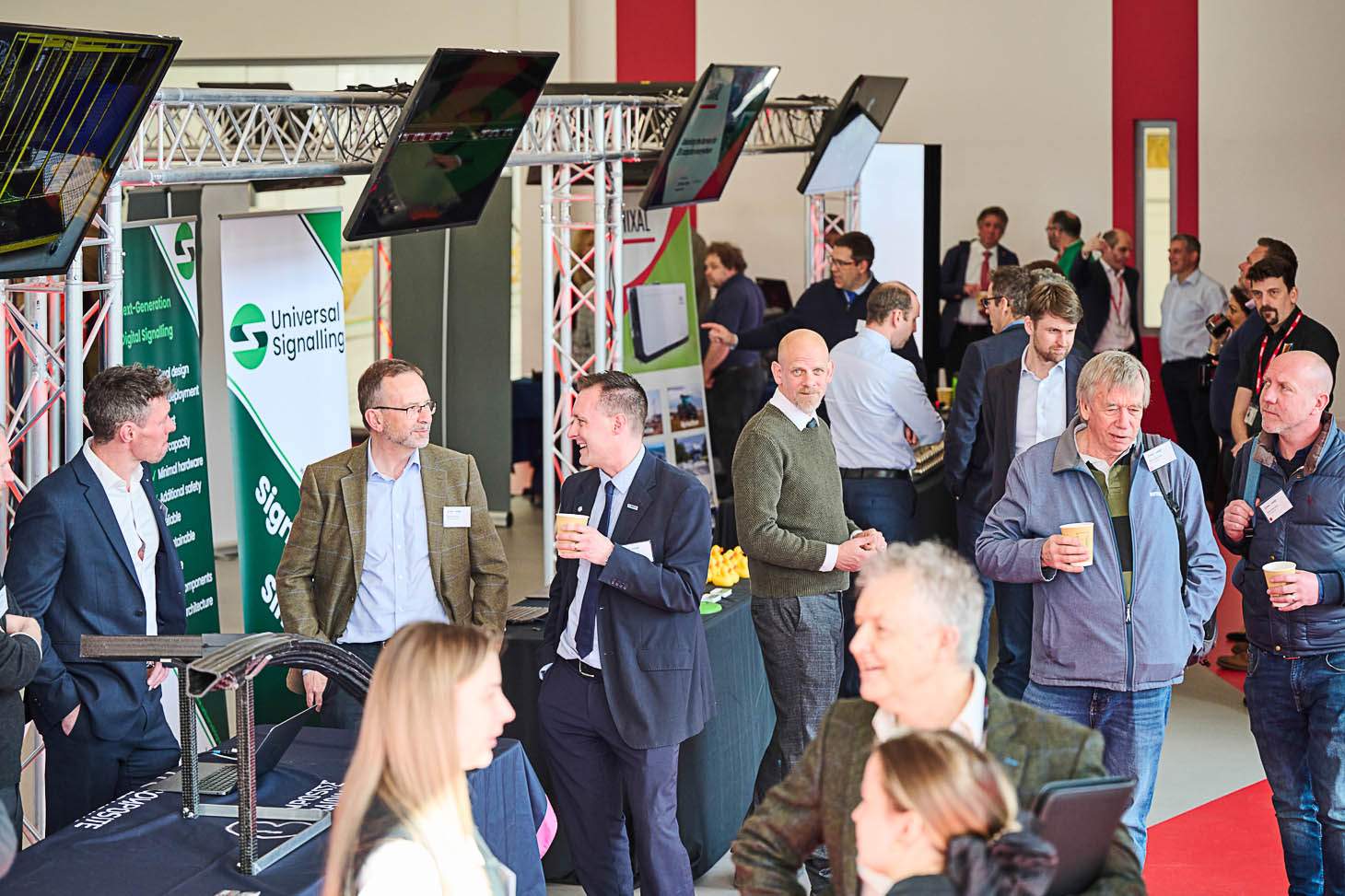
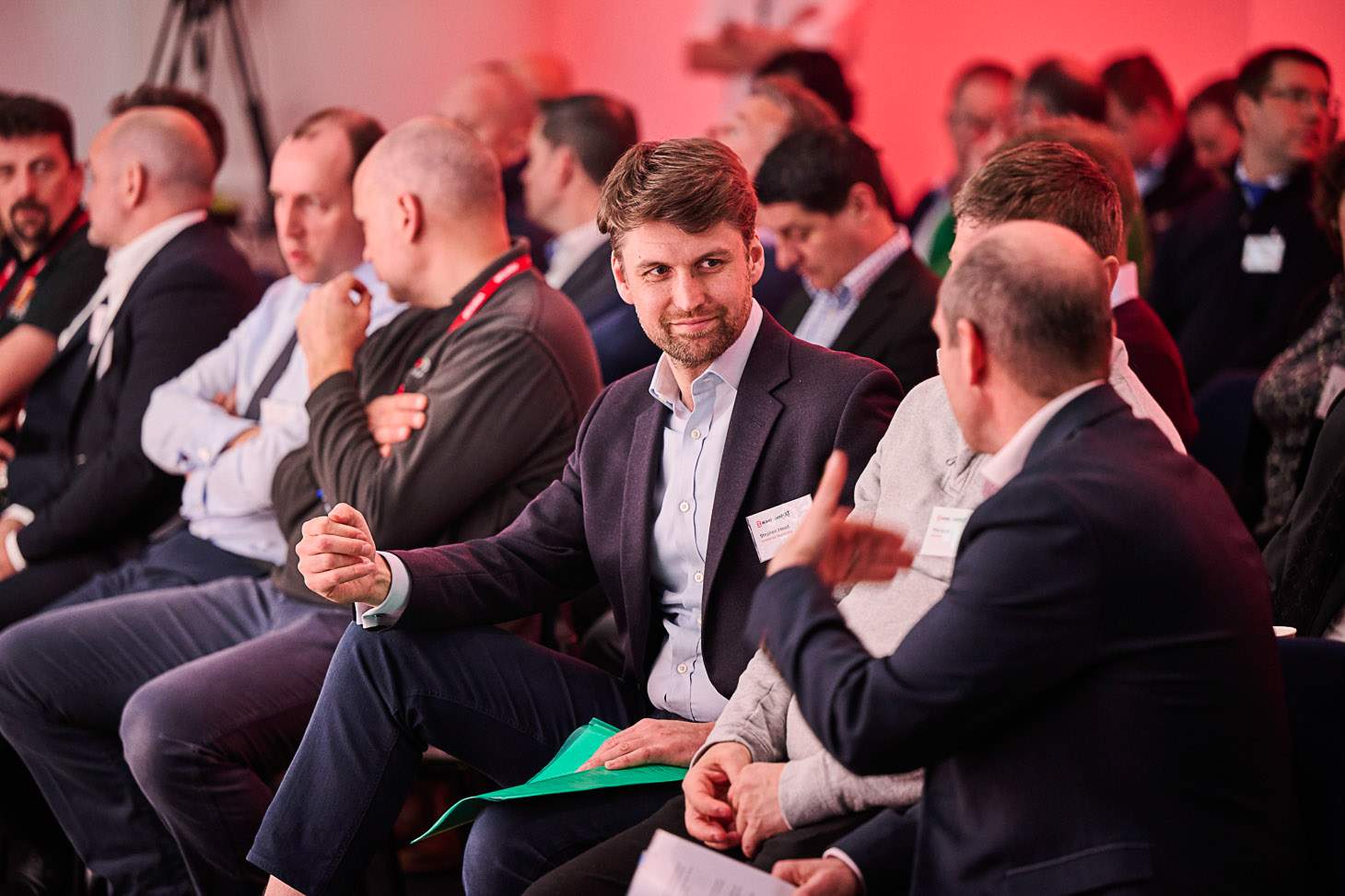
The original concept of ‘technology readiness levels’ or TRLs on a scale of 1 to 9 was developed by NASA in the 1970s, with comparable systems, such as for manufacturing, or aspect specific, such as for investment, developed since… indeed, the rail industry has its own system, known as ‘RIRLs’. But essentially, the generic systems follow a common maturity flow through from idea to implementation which, for most innovations, will involve a range of different inputs and thus specialist support. For example, ideas could develop within a research environment, such as a university, or on the ‘shop floor’ of a business, usually as a practical solution to a problem. As the concept progresses to prototype it needs testing, and whilst early tests can be undertaken in a simulated environment, there will come a point where real-world testing is needed.
Innovators on the Clean Futures programme are at this stage, and so during their six months on the accelerator, their focus is on a cycle of development and testing in preparation for the end of programme event known as ‘Demonstration Day’. Their individual demonstrations are designed not only to showcase their innovation, but to show how it would or could work within a specific operational setting in the rail industry. Over the course of the programme, each demonstration is honed collaboratively by the SMEs and BCIMO’s engineering team, but also via its Commercial Investment Hub, within which innovations are outlined to industry stakeholders, and suggestions as to how technology can be best illustrated in action can be fed back. Essentially, with ‘getting in front of’ industry procurers and potential investors as one of the most significant challenges in the innovative process, and so one of reasons innovation can fall at the last hurdle, this day is not only important, but getting it right is essential. So what does ‘Demonstration Day’ look like?
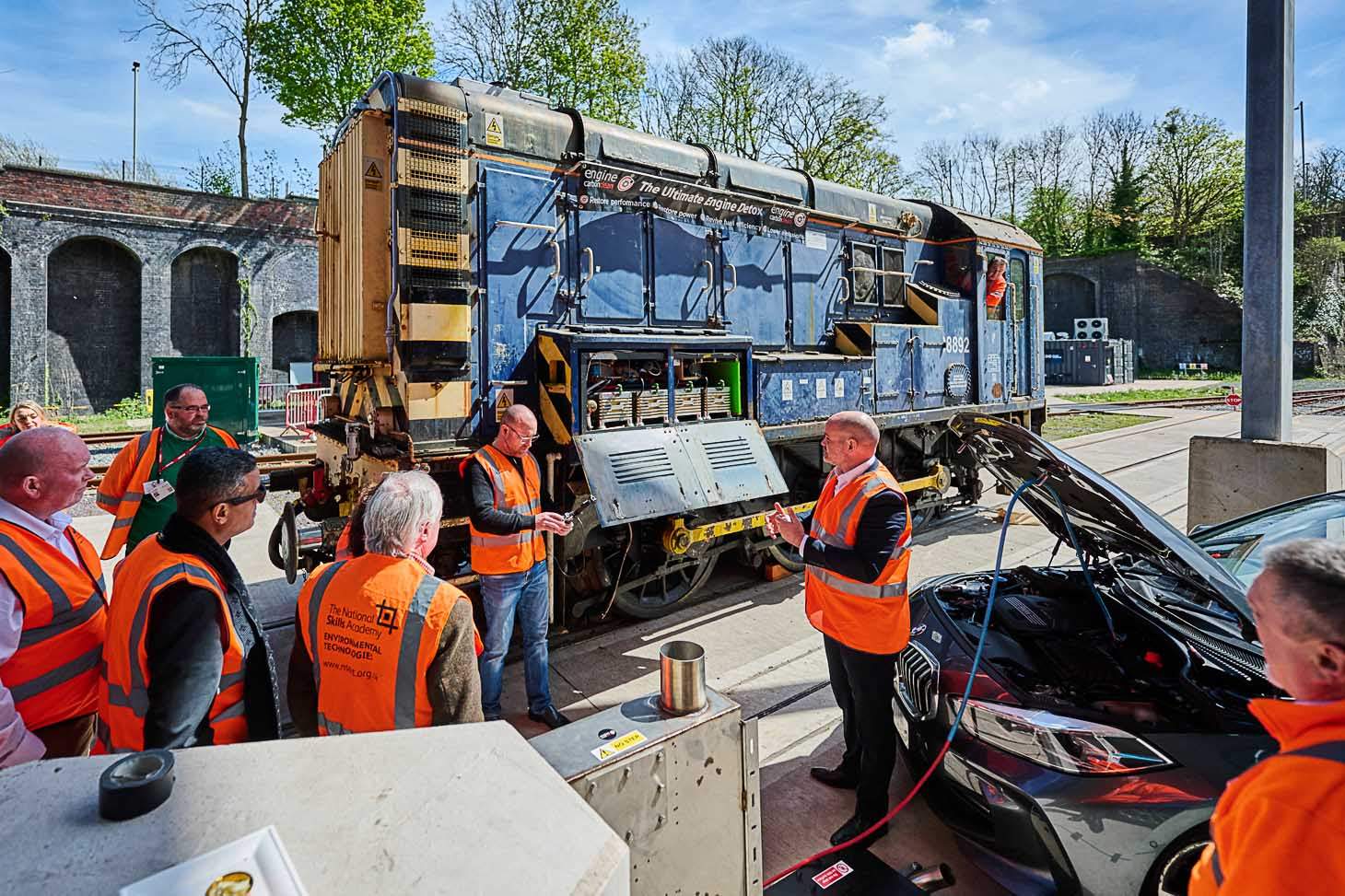
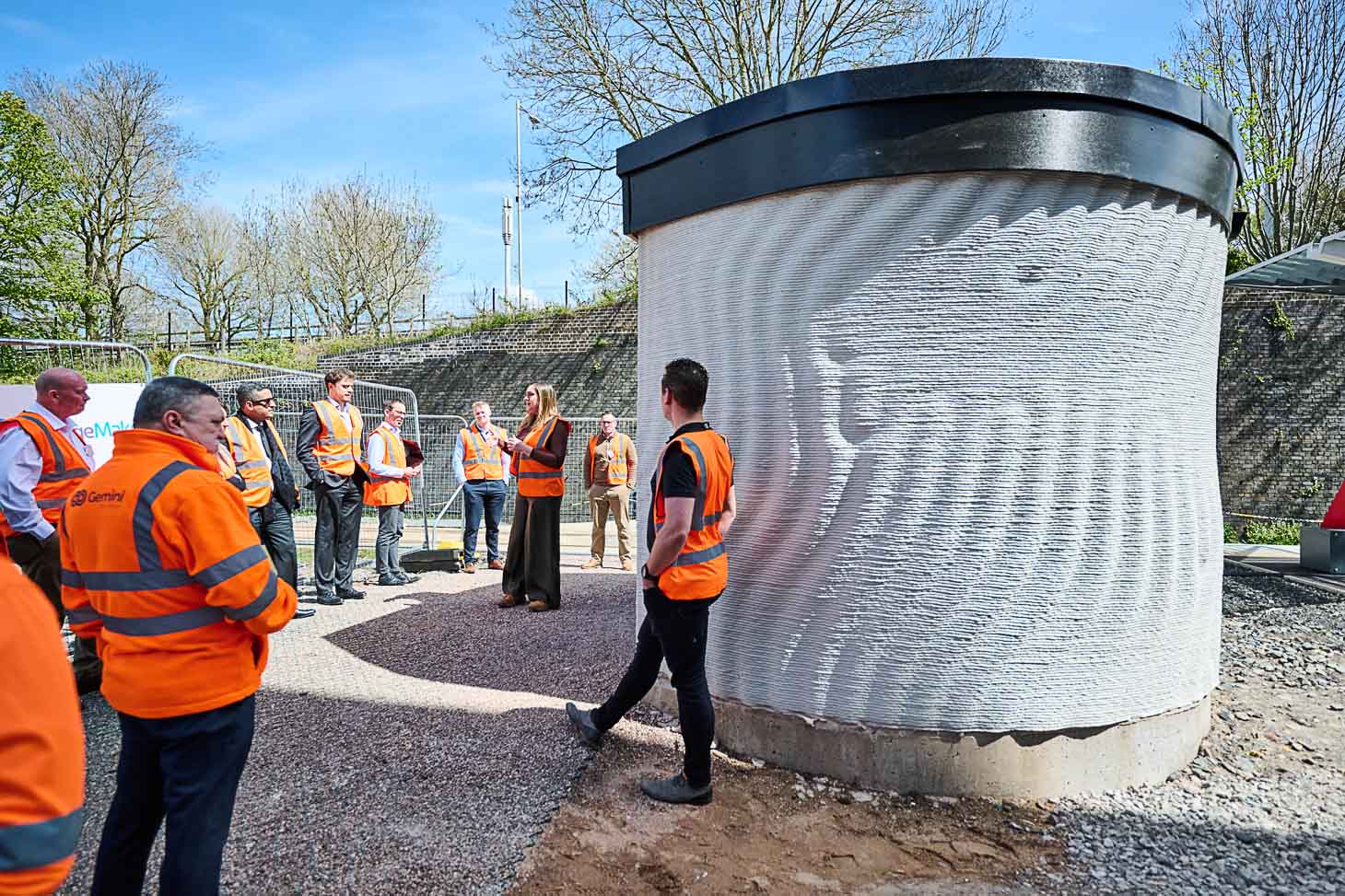
BCIMO’s home is the Very Light Rail National Innovation Centre, a state-of-the-art, multi-use facility which is not only focused on innovation in ‘very light’ rail but across the entirety of the rail sector. It has a test track with modern installations such as a rapid charger and multimodal hub, but the site was originally a Victorian station and so the historic infrastructure, including a brick tunnel and bridge, remains within a complex urban / industrial / natural environment. This past-to-future perspective and ecosystem complexity means it’s wholly indicative of the rail network across the UK and so is the perfect place to not only develop and test rail technology but to demonstrate it. For example, last year’s innovations included a trackside toilet pod, on-track signalling system, and off-grid power source; but utilising the on-site mule vehicles and rolling stock, SMEs also showcased hydrogen fuel cell technology and an engine carbon cleaning system.
Systems are also inherent throughout rail, and so demonstrating not only individual innovations, but how technologies can work together offers industry and investors a further insight – and ideally incentive – into the potential for interoperability, either between new innovations and/or innovations and existing infrastructure. Last year, three SMEs worked together to create a ‘last mile delivery’ concept, including both freight logistics and loading, but BCIMO are also focused on developing this further, alongside future systems demonstrators in hydrogen trams and autonomous vehicles, the former of which was recently launched via an on-site working group.
BCIMO’s home is the Very Light Rail National Innovation Centre, a state-of-the-art, multi-use facility which is not only focused on innovation in ‘very light’ rail but across the entirety of the rail sector. It has a test track with modern installations such as a rapid charger and multimodal hub, but the site was originally a Victorian station and so the historic infrastructure, including a brick tunnel and bridge, remains within a complex urban / industrial / natural environment. This past-to-future perspective and ecosystem complexity means it’s wholly indicative of the rail network across the UK and so is the perfect place to not only develop and test rail technology but to demonstrate it. For example, last year’s innovations included a trackside toilet pod, on-track signalling system, and off-grid power source; but utilising the on-site mule vehicles and rolling stock, SMEs also showcased hydrogen fuel cell technology and an engine carbon cleaning system.
Systems are also inherent throughout rail, and so demonstrating not only individual innovations, but how technologies can work together offers industry and investors a further insight – and ideally incentive – into the potential for interoperability, either between new innovations and/or innovations and existing infrastructure. Last year, three SMEs worked together to create a ‘last mile delivery’ concept, including both freight logistics and loading, but BCIMO are also focused on developing this further, alongside future systems demonstrators in hydrogen trams and autonomous vehicles, the former of which was recently launched via an on-site working group.
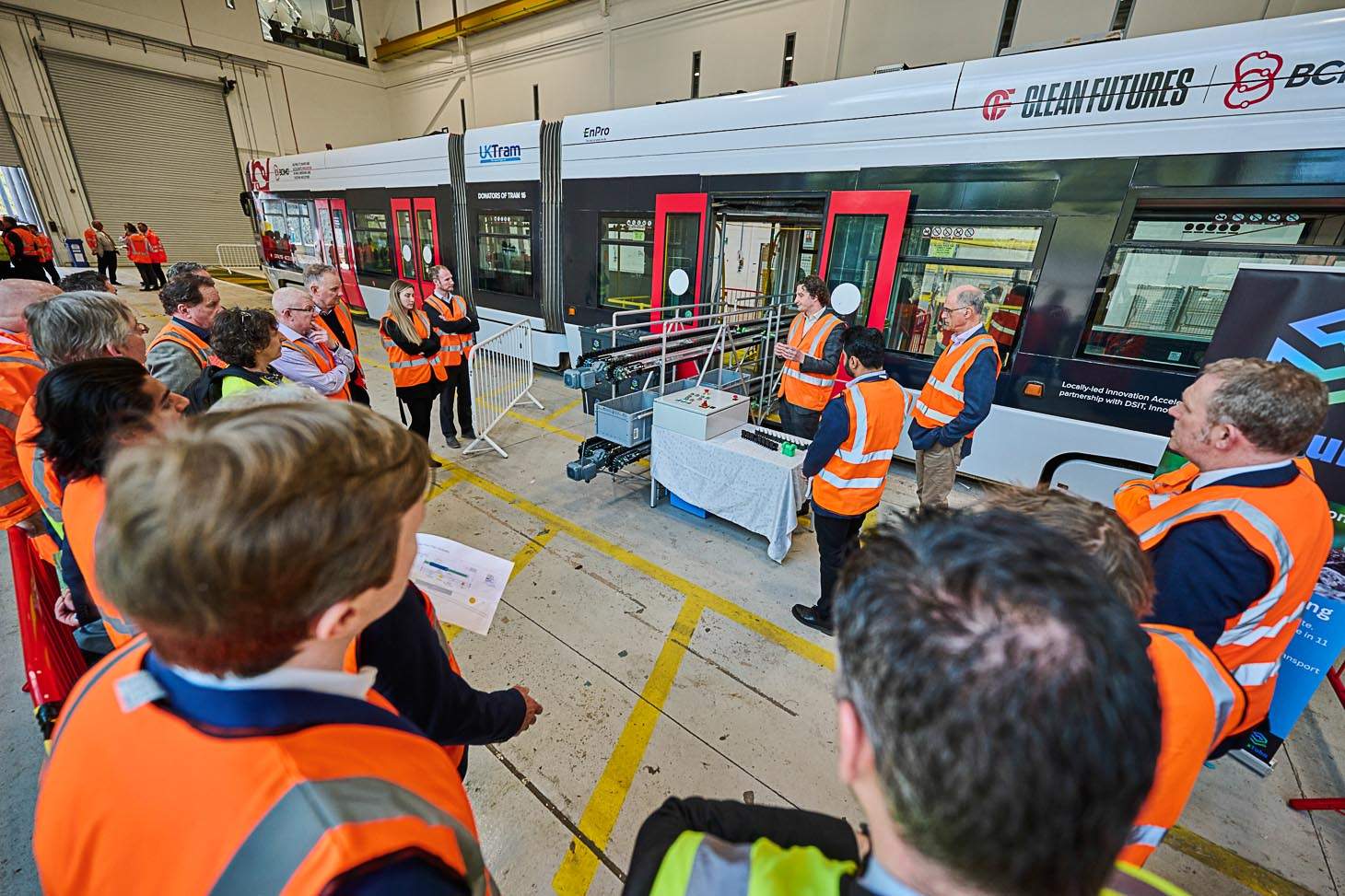
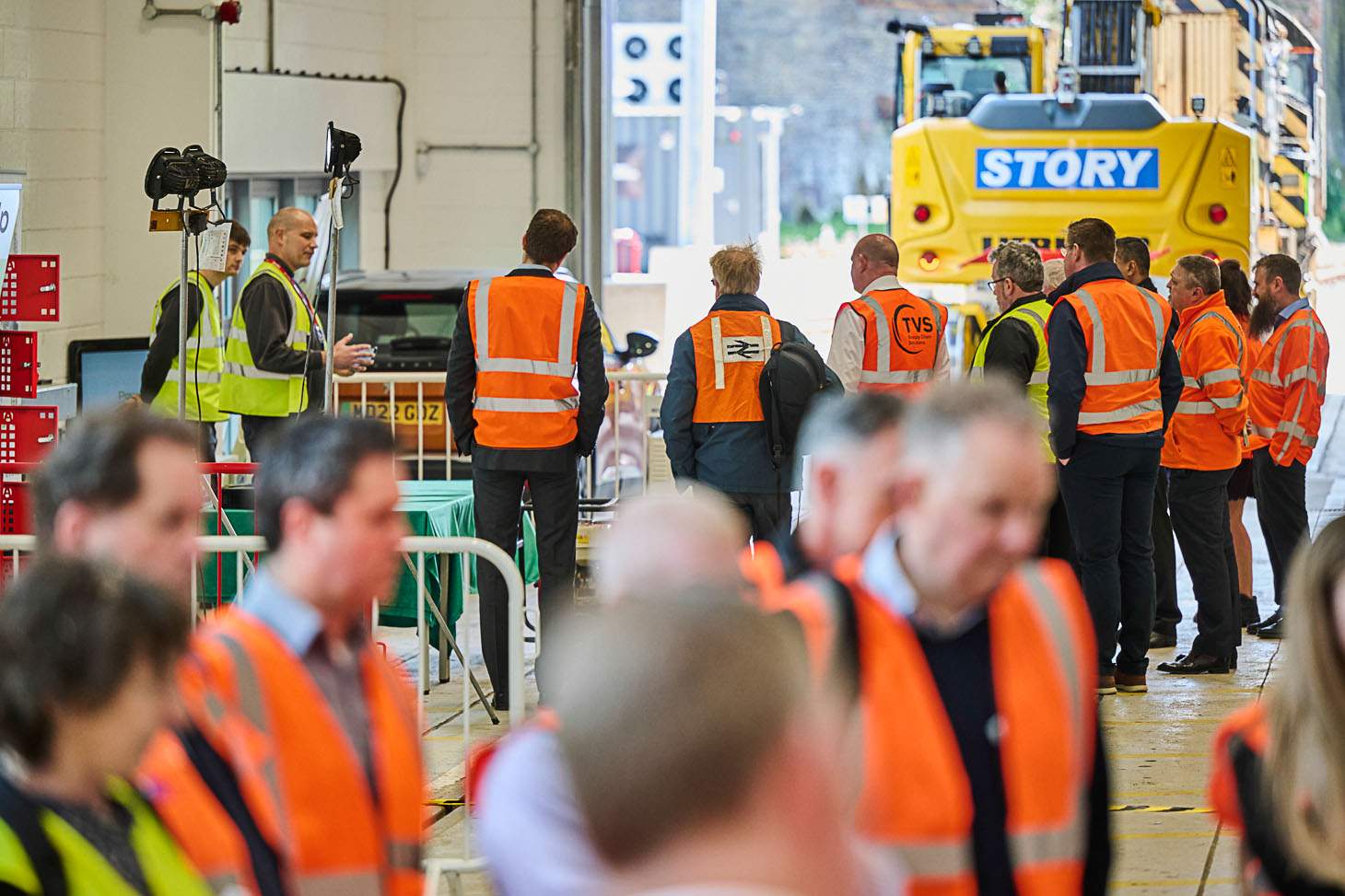
But the real beauty of the VLRNIC is that alongside the comprehensive technical facilities, it an impressive events suite, and here Demonstration Day continues with two additional aspects of the showcase which are also essential to that positive ‘first impression’ SMEs must make. Within the Centre’s auditorium, each provides a professional pitch to the audience of key stakeholders, invited specifically to this exclusive closed event, which is an opportunity to introduce their business, their innovation, their team and, most importantly, their vision. The opportunity for more indepth questions and conversations continues in the adjacent exhibition hall, where each SME has a stand on which they can show elements of their technology or models, for example, along with videos, animations and marketing materials for stakeholders to see and hear.
With awards presented to each SME at the event, it may be assumed that this is the end of the process but, in reality, it is only another beginning, as this is the point where relationships with industry and investors emerge, sparked by the hands-on, face-to-face connection that only live demonstrations can illicit. In talking to SMEs since last year’s Demonstration Day, the opportunity for that direct engagement with individuals and organisations is rare and, where achieved in other forums is often only a brief ‘elevator pitch’ within which it can be difficult to communicate a practical concept. Here, they have two guided touchpoints – one presentational, one practical – plus potential for open discussion throughout the day, and are amongst only a small, select group of peers, often with different technologies, demonstrating to a large, but equally select group of the ‘right’ stakeholders who are already interested and thus in attendance.
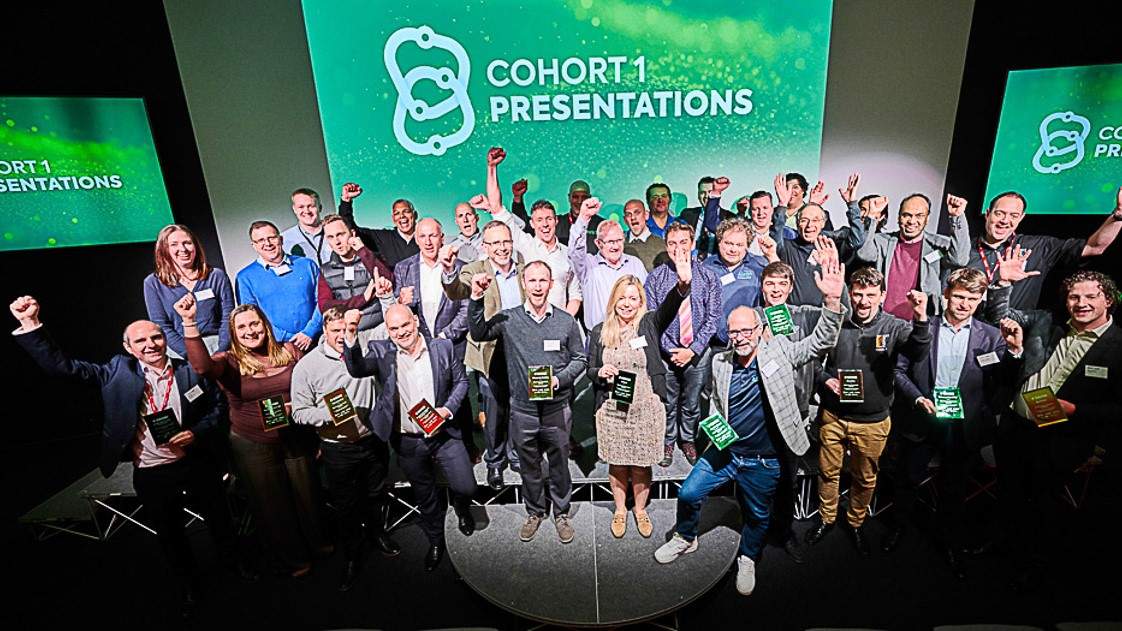
For industry and investors, professionally tasked with sourcing innovative solutions and funding viable projects respectively, it was well encapsulated in the words of one industry attendee last year, in that for him it was “like Christmas morning”. He and others described the opportunity not only explore different technologies, but to do so under one roof, extensively and in contexts where they could clearly see how this could be applied in their own environment and/or that of their end-user clients. They also noted that although there would be an onward journey of further development and testing within or through their own organisations, should they choose to engage with an SME, the fact that the Clean Futures SMEs had already been through a rigorous application process to be admitted to the programme, and then further rigour within it, receiving both rail-specific technical and commercial support from the BCIMO team, increased their level of confidence and thus incentive to begin those conversations.
So, as we approach yet another Demonstration Day, BCIMO are equally proud to be showcasing this year’s SME innovations, all of which have the potential to make a significant difference in the future of the rail industry, particularly in its own journey to net zero… the raison d’être of Clean Futures. From aerodynamics, aluminium, composites and toilets (!), to geospatial, environmental, communications, mobility, power and propulsion, this year’s attendees are in for a real treat.

Matt Wood, Programme Manager at BCIMO and project lead on ‘Demonstration Day’ said:
BCIMO’s ‘Demonstration Day’ is an incredible opportunity for our SMEs to showcase their innovations to the people who can really help them take their technology forward beyond Clean Futures, and so we work incredibly hard to ensure that the day is a real success. The push to undertake the final stages of development and testing has been ongoing since Day 1 of the programme and, although it’s been really intensive, all have been focused on this day, with challenges yes, but we’ve overcome them together and to see it all coming together is exciting.
The motivation for me is not just this process as an experienced project manager, but knowing what we achieved last year, both in reflection on the day, which was really special for the team, but in the outcomes for our SMEs, from conversations started that day to contracts signed now. That’s what this programme and our work is about, so we can’t wait to open the doors on this year’s Demonstration Day and see what yet more of our SMEs go on to achieve in the future.”

James Hornsby, Projects Director at DB ESG and member of the Commercial Investment Hub Industry Board, reflecting on his own organisation’s experience of the event, said:
“DB ESG attended the demonstration day at BCIMO in April 2024. It is a great opportunity to see the products working with the opportunity to ask questions directly to the people who are passionate about the products.
Nine months on and we are still actively working with Adelan, AHT and PowerUp; our engagement with these organisations is definitely related to the demonstration day and visually being able to see them working.”
Please note that Demonstration Day is an exclusive event, open only to members of the Clean Future’s Commercial Investment Hub, which brings together innovators, industry and investors. If you are an industry stakeholder or prospective investor and would like to discuss joining the Hub, or indeed would like to find out more, then please contact Naomi.Arblaster@bcimo.co.uk.
For more information on BCIMO or the VLRNIC, please visit the BCIMO website or click Contact Us to make an enquiry / sign up to our mailing list.

BCIMO is a not-for-profit Research and Technology Organisation (RTO) and operator of the Very Light Rail National Innovation Centre (VLRNIC), a unique, world-class centre for rail innovation based in Dudley in the West Midlands.

Google Map Location: BCIMO
what3words Address: ///shades.glue.tile
Sat Nav: DY1 4AL
Postal Address: BCIMO, Very Light Rail National Innovation Centre, Zoological Drive, Dudley. DY1 4AW
Email: info@bcimo.co.uk
Phone: 07769 586893
